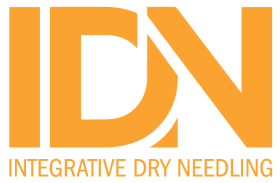J Bodyw Mov Ther. 2024 Oct;40:953-958. doi: 10.1016/j.jbmt.2024.07.002. Epub 2024 Jul 6.
ABSTRACT
BACKGROUND: To monitor public interest (PI) in information related to Dry needling (DN) therapy and examine potential temporal, seasonal, and income-related trends that may impact PI by using the relative search volume (RSV) from the Google Trends tool for the keyword “Dry Needling.”
METHODS: For this cross-sectional observational study, a dataset was created using the Google Trends tool from 2004 to the present in the United States (US). To examine potential income-related disparities in PI in DN across the US, RSV values were recorded in the five states with the highest and the lowest median income (Maryland, New Hampshire, New Jersey, Utah, and Washington and Mississippi, West Virginia, Arkansas, New Mexico, Kentucky, respectively).
RESULTS: A linear regression model showed that the PI in DN increased significantly (R2 = 0,902, p < 0.001). There were no significant differences between the RSV values between the month of the year and the season of the year (p = 1.000 and p = 0.997, respectively). RSV values of the five highest-income and low-income states showed significant increases (R2 = 0,624, p < 0.001, and R2 = 0,477, p < 0.001, respectively). More rapid growth in interest in DN in states with high income compared to those with low income (p < 0.001).
CONCLUSIONS: PI in DN treatment is increasing in both high and low-income states. States with higher incomes are more interested. DN treatment is expected to become more popular, which will lead to a rising demand for comprehensive education in medical schools and clinician training programs. In addition, there will also be a need for easily accessible, high-quality information resources.
PMID:39593702 | DOI:10.1016/j.jbmt.2024.07.002


